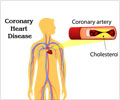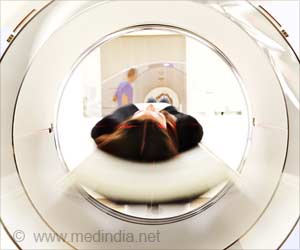An implantable medical device that alerts users about a potential heart attack has been designed by scientists.

What makes the device distinctive is this combination of alert modes. Although vibrotactile (vibrating) alarms are sometimes used to warn medical personnel in operating rooms or ICUs of an emergency, very little research has focused on their potential as a self-monitoring device for patients.
Auditory alarms are provided with selected implantable heart defibrillators, but research indicates that some patients - particularly the elderly - are unable to hear the alarms.
"A vibrotactile alarm provided by the implanted device has two major advantages. First, the implanted device can't be left behind like a portable device. Second, a vibrotactile alarm from the implanted device is more likely to be felt than an auditory alarm is to be heard because, for example, the patient may be wearing heavy clothing, has hearing loss, or is in a noisy environment," said Mary Carol Day, one of the researchers.
The device offers two levels of alarm urgency: A high-priority alarm indicates that the patient may be having a heart attack and should call 911, and a low-priority alarms indicates that a condition has been detected that requires a doctor visit within 48 hours.
The alarms are provided by an implanted medical device, similar in size to a pacemaker, that is placed in the upper left chest, plus an external device, similar to a pager, that emits an auditory alarm and flashes a red or yellow warning light.
Advertisement
"If the Guardian is approved for sale by the FDA," said Day, "it might be extended in ways that will change the way the patient interacts with the system as a whole. This would require more research and simulated-use studies to refine and validate the new interactions between the patient and the system."
Advertisement
Source-ANI














